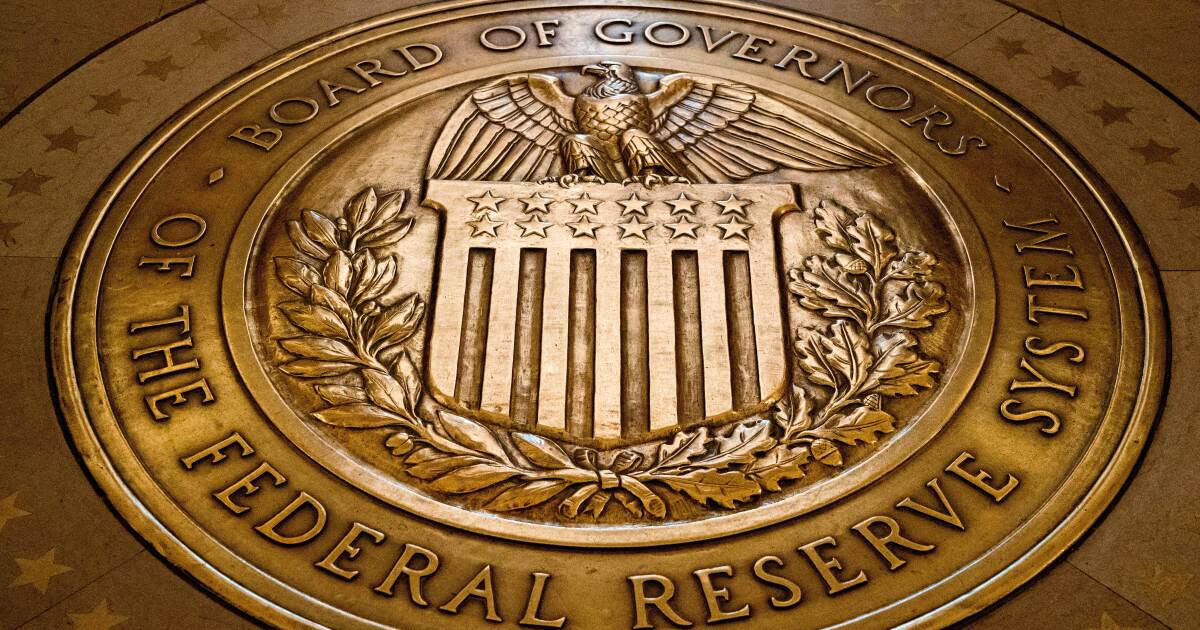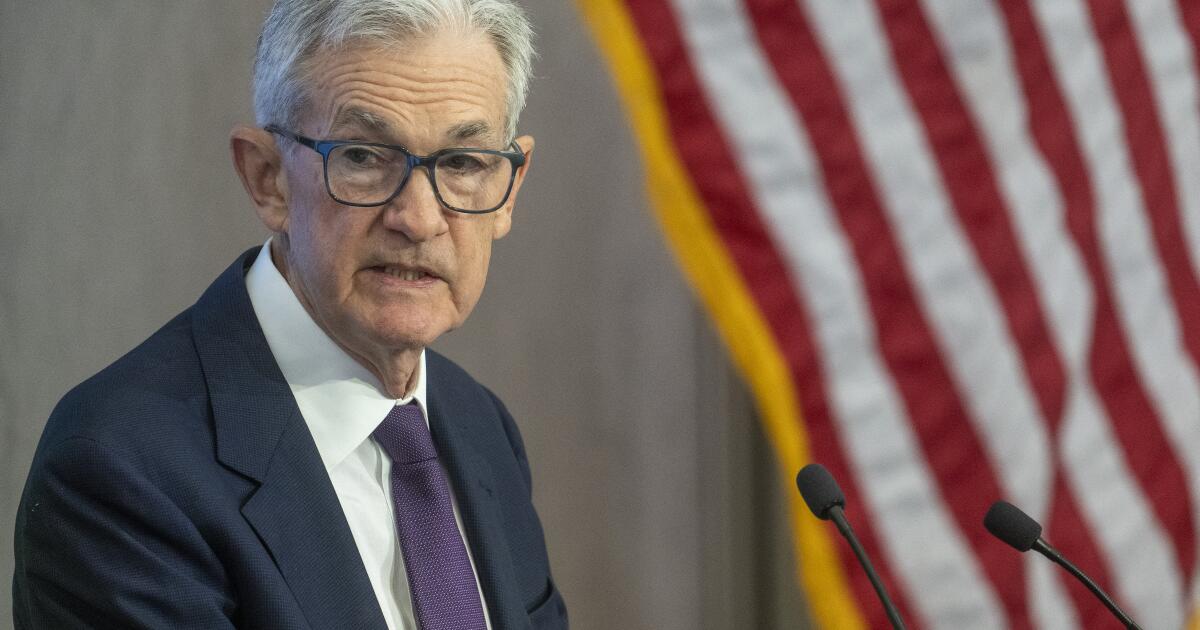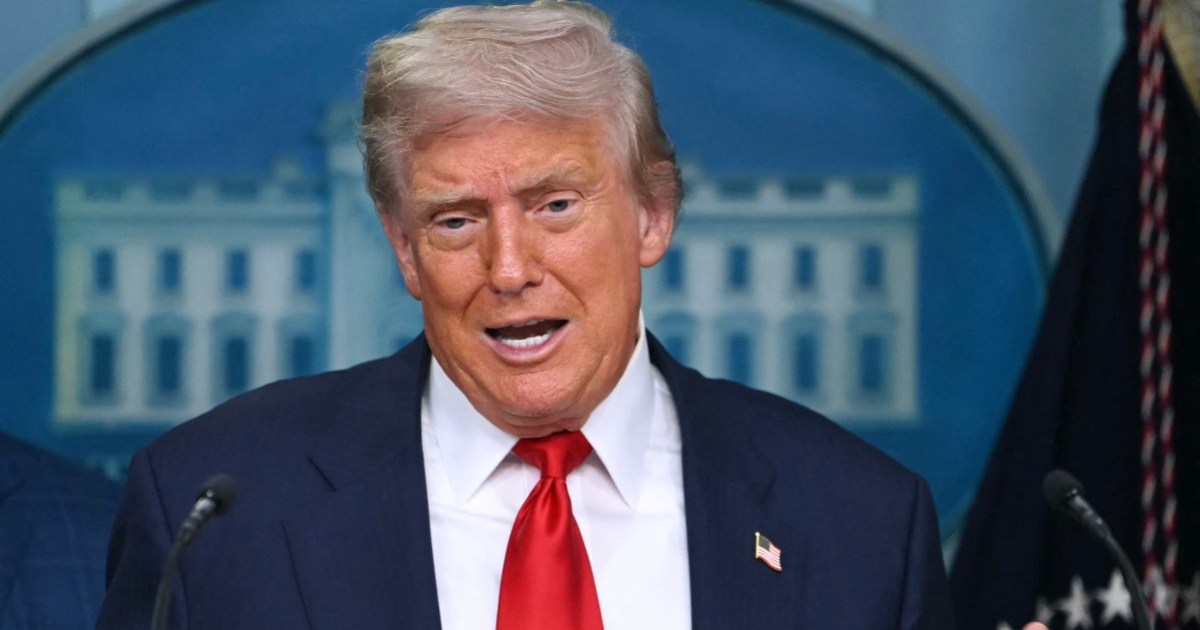Trump’s immigration crackdown weighs on the U.S. labor market
Maria worked cleaning schools in Florida for $13 an hour. Every two weeks, she’d get a $900 paycheck from her employer, a contractor. Not much — but enough to cover rent in the house that she and her 11-year-old son share with five families, plus electricity, a cellphone and groceries.
In August, it all ended.
When she showed up at the job one morning, her boss told her that she couldn’t work there anymore. The Trump administration had terminated the Biden administration’s humanitarian parole program, which provided legal work permits for Cubans, Haitians, Venezuelans and Nicaraguans like Maria.
“I feel desperate,’’ said Maria, 48, who requested anonymity to talk about her ordeal because she fears being detained and deported. “I don’t have any money to buy anything. I have $5 in my account. I’m left with nothing.’’
President Trump’s sweeping crackdown on immigration is throwing foreigners like Maria out of work and shaking the American economy and job market. And it’s happening at a time when hiring is already deteriorating amid uncertainty over Trump’s tariffs and other trade policies.
Immigrants do jobs — cleaning houses, picking tomatoes, painting fences — that most native-born Americans won’t, and for less money. But they also bring the technical skills and entrepreneurial energy that have helped make the United States the world’s economic superpower.
Trump is attacking immigration at both ends of the spectrum, deporting low-wage laborers and discouraging skilled foreigners from bringing their talents to the United States.
And he is targeting an influx of foreign workers that eased labor shortages and upward pressure on wages and prices at a time when most economists thought that taming inflation would require sky-high interest rates and a recession — a fate the United States escaped in 2023 and 2024.
“Immigrants are good for the economy,’’ said Lee Branstetter, an economist at Carnegie-Mellon University. “Because we had a lot of immigration over the past five years, an inflationary surge was not as bad as many people expected.”
More workers filling more jobs and spending more money has also helped drive economic growth and create still more job openings. Economists worry that Trump’s deportations and limits on even legal immigration will do the reverse.
In a July report, researchers Wendy Edelberg and Tara Watson of the centrist Brookings Institution and Stan Veuger of the right-leaning American Enterprise Institute calculated that the loss of foreign workers will mean that monthly U.S. job growth “could be near zero or negative in the next few years.’’
Hiring has already slowed significantly, averaging a meager 29,000 a month from June through August. (The September jobs report has been delayed by the ongoing shutdown of the federal government.) During the post-pandemic hiring boom of 2021-23, by contrast, employers added a stunning 400,000 jobs a month.
The nonpartisan Congressional Budget Office, citing fallout from Trump’s immigration and trade policies, downgraded its forecast for U.S. economic growth this year to 1.4% from the 1.9% it had previously expected and from 2.5% in 2024.
‘We need these people’
Goodwin Living, an Alexandria, Va., nonprofit that provides senior housing, healthcare and hospice services, had to lay off four employees from Haiti after the Trump administration terminated their work permits. The Haitians had been allowed to work under a humanitarian parole program and had earned promotions at Goodwin.
“That was a very, very difficult day for us,” Chief Executive Rob Liebreich said. “It was really unfortunate to have to say goodbye to them, and we’re still struggling to fill those roles.’’
Liebreich is worried that 60 additional immigrant workers could lose their temporary legal right to live and work in the United States. “We need all those hands,’’ he said. “We need all these people.”
Goodwin Living has 1,500 employees, 60% of them from foreign countries. It has struggled to find enough nurses, therapists and maintenance staff. Trump’s immigration crackdown, Liebreich said, is “making it harder.’’
The ICE crackdown
Trump’s immigration ambitions, intended to turn back what he calls an “invasion’’ at America’s southern border and secure jobs for U.S.-born workers, were once viewed with skepticism because of the money and economic disruption required to reach his goal of deporting 1 million people a year. But legislation that Trump signed into law July 4 — and which Republicans named the One Big Beautiful Bill Act — suddenly made his plans plausible.
The law pours $150 billion into immigration enforcement, setting aside $46.5 billion to hire 10,000 Immigration and Customs Enforcement agents and $45 billion to increase the capacity of immigrant detention centers.
And his empowered ICE agents have shown a willingness to move fast and break things — even when their aggression conflicts with other administration goals.
Last month, immigration authorities raided a Hyundai battery plant in Georgia, detained 300 South Korean workers and showed video of some of them shackled in chains. They’d been working to get the plant up and running, bringing expertise in battery technology and Hyundai procedures that local American workers didn’t have.
The incident enraged the South Koreans and ran counter to Trump’s push to lure foreign manufacturers to invest in America. South Korean President Lee Jae Myung warned that the country’s other companies might be reluctant about betting on America if their workers couldn’t get visas promptly and risked getting detained.
Sending Medicaid recipients to the fields
America’s farmers are among the president’s most dependable supporters.
But John Boyd Jr., who farms 1,300 acres of soybeans, wheat and corn in southern Virginia, said that the immigration raids — and the threat of them — are hurting farmers already contending with low crop prices, high costs and fallout from Trump’s trade war with China, which has stopped buying U.S. soybeans and sorghum.
“You’ve got ICE out here, herding these people up,’’ said Boyd, founder of the National Black Farmers Assn. “[Trump] says they’re murderers and thieves and drug dealers, all this stuff. But these are people who are in this country doing hard work that many Americans don’t want to do.’’
Boyd scoffed at Agriculture Secretary Brooke Rollins’ suggestion in July that U.S.-born Medicaid recipients could head to the fields to meet work requirements imposed as part of the One Big Beautiful Bill Act. “People in the city aren’t coming back to the farm to do this kind of work,’’ he said. “It takes a certain type of person to bend over in 100-degree heat.’’
The Trump administration admits that the immigration crackdown is causing labor shortages on the farm that could translate into higher prices at the supermarket.
“The near total cessation of the inflow of illegal aliens combined with the lack of an available legal workforce results in significant disruptions to production costs and [threatens] the stability of domestic food production and prices for U.S. consumers,’’ the Labor Department said in an Oct. 2 filing to the Federal Register.
‘You’re not welcome here’
Jed Kolko of the Peterson Institute for International Economics said that job growth is slowing in businesses that rely on immigrants. Construction companies, for instance, have shed 10,000 jobs since May.
“Those are the short-term effects,’’ said Kolko, a Commerce Department official in the Biden administration. “The longer-term effects are more serious because immigrants traditionally have contributed more than their share of patents, innovation, productivity.’’
Especially worrisome to many economists was Trump’s sudden announcement last month that he was raising the fee on H-1B visas, meant to lure hard-to-find skilled foreign workers to the United States, from as little as $215 to $100,000.
“A $100,000 visa fee is not just a bureaucratic cost — it’s a signal,” said Dany Bahar, senior fellow at the Center for Global Development. “It tells global talent: You are not welcome here.”
Some are already packing up.
In Washington, D.C., one H-1B visa holder, a Harvard graduate from India who works for a nonprofit helping Africa’s poor, said Trump’s signal to employers is clear: Think twice about hiring H-1B visa holders.
The man, who requested anonymity, is already preparing paperwork to move to the United Kingdom.
“The damage is already done, unfortunately,’’ he said.
Associated Press writers Wiseman and Salomon reported from Washington and Miami, respectively. AP writers Fu Ting and Christopher Rugaber in Washington contributed to this report.



